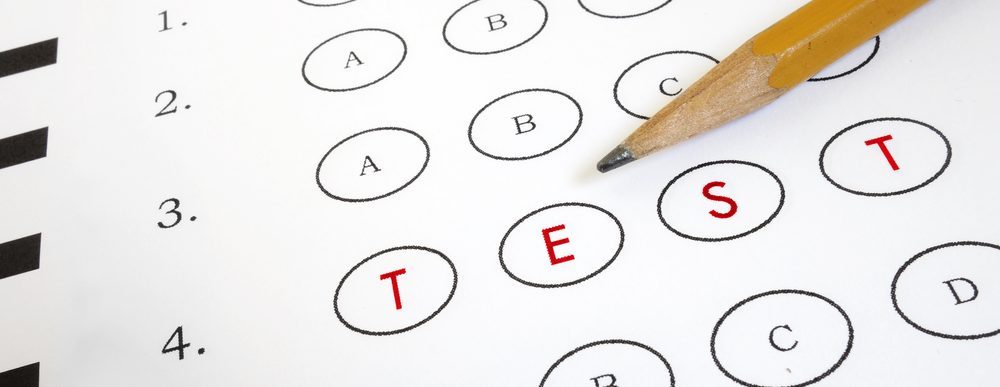In his article, “Standardized Testing and School Segregation: Like Tinder for Fire?”, Knoester draws parallels between high stakes testing and the continued segregation of public schools. Tests are supposed to act as objective, scientific assessments of student achievement, but, in reality, they serve to reinforce class and racial differences. Success on high stakes tests depends mostly on variables outside of the classroom, like family income, medical care, food intake, and home stability, that, “disproportionately impact communities of color,” (pg. 8). Therefore, “Standardized tests, in conjunction with the ideology of meritocracy, have operated as a tool of white supremacy because they make racist outcomes of the tests appear as a byproduct of the way the world works objectively and naturally — they ‘scientifically’ justify the existing racial order, and they do so within a false promise of measuring everyone equally, accurately, and fairly,” (pg. 7). This allows parents to purposefully segregate their children without directly connecting it to race. They’re simply choosing the school with the higher test scores — the fact that it is primarily white and upper class is simply a coincidence. Knoester concludes that schools must rely on better, more holistic forms of assessment lest they continue to perpetuate this type of racial segregation.1
In the second article, “It Changes How Teachers Teach: How Testing Is Corrupting Our Classrooms and Student Learning,” Erskine uses the experiences of her daughter, along with the opinions of current educators, to make a case against high stakes testing. In high poverty schools where federal funding is essential, performing well on high stakes tests becomes the main focus. Teachers devote large chunks of class time to administering practice tests and reviewing test content at the expense of engaging lesson plans. In Erskine’s opinion, “NCLB mandates have turned some teachers into drones. These are educators who mindlessly read from scripted curriculum without regard to creative instruction to meet individual needs. If it’s not on the script, it’s not taught,” (2). In contrast, teachers working in high income areas are able to incorporate rich arts programs, interesting field trips, and innovative technology into their curriculums because they are less reliant on federal funds. Similar to Knoester, Erskine recognizes how this disparity can reinforce class and racial differences. Therefore, she calls for an end to high stakes testing.2
- Knoester, M., & Au, W. (2015). Standardized testing and school segregation: like tinder for fire? Race Ethnicity and Education, 20(1), 1-14.
- Erskine, J. (2014). It Changes How Teachers Teach: How Testing Is Corrupting Our Classrooms and Student Learning. Multicultural Education, 38-40.
